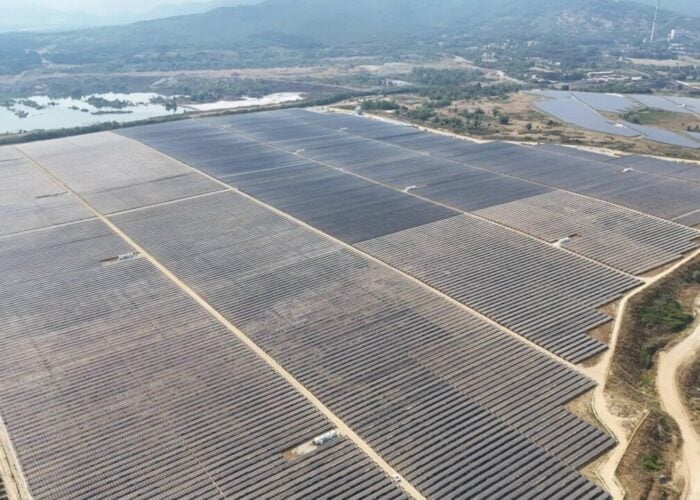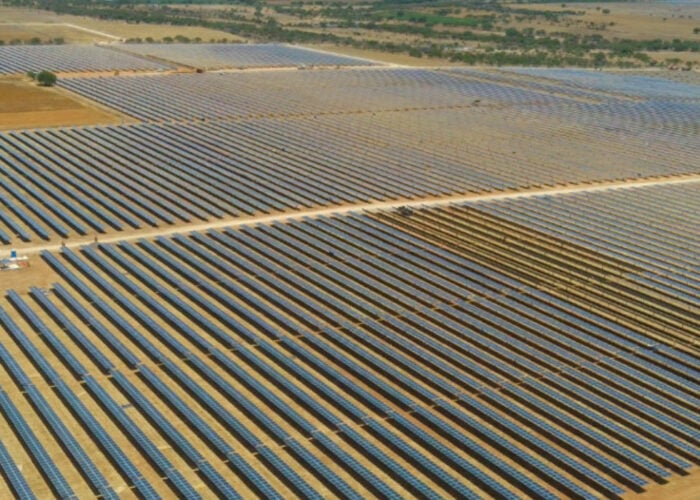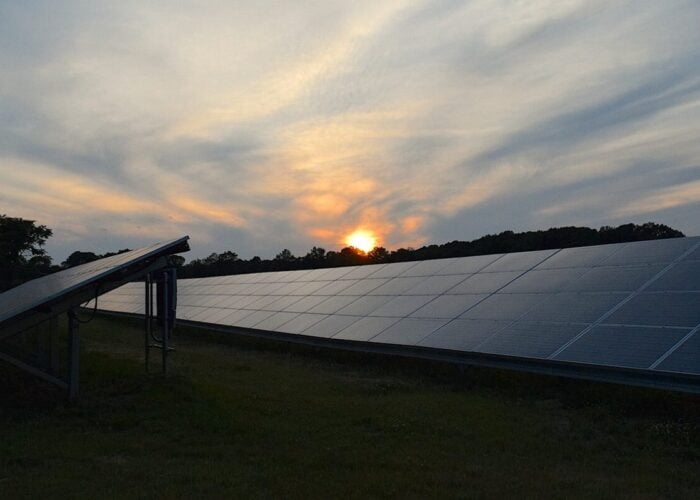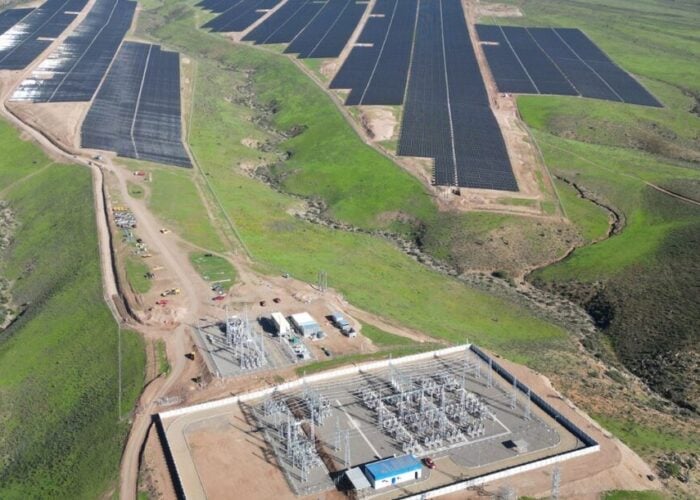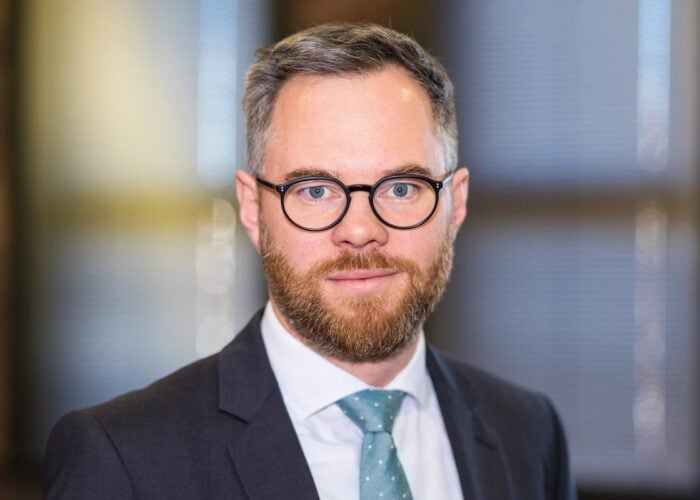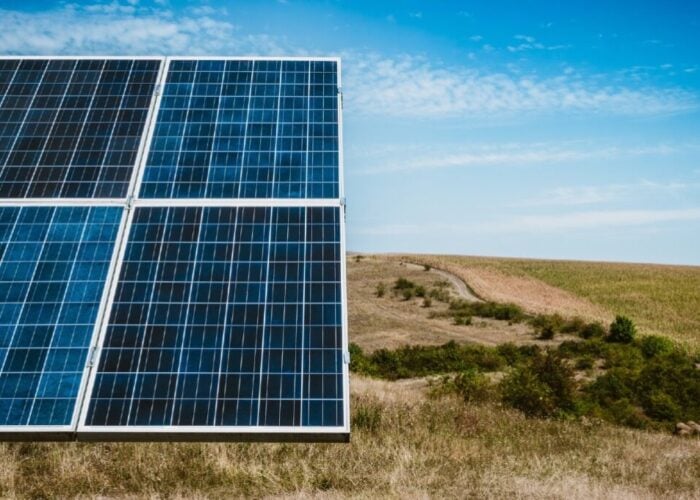
Sustained private investment into European solar is starting to produce results, at least with regard to the growing role of solar power in the continent’s energy mix.
Figures from the International Energy Agency (IEA) show that, in 2024, the EU had one of the highest ratios of clean energy to fossil fuel investment, with more than US$10 invested into renewable power for every dollar that went towards the fossil fuel sector, and in June 2025, solar power accounted for a higher proportion of the EU’s energy mix than any other power source for the first time ever.
Try Premium for just $1
- Full premium access for the first month at only $1
- Converts to an annual rate after 30 days unless cancelled
- Cancel anytime during the trial period
Premium Benefits
- Expert industry analysis and interviews
- Digital access to PV Tech Power journal
- Exclusive event discounts
Or get the full Premium subscription right away
Or continue reading this article for free
However, with solar accounting for 22.1% of Europe’s generation in June – just a shade higher than the 21.8% covered by nuclear – there is still a way to go to meet the EU’s Renewable Energy Directive targets. Adopted in 2023, this obligates renewables to account for 42.5% of EU countries’ energy mix by the end of the decade.
While no longer a part of the EU, the UK remains an important part of Europe’s clean energy transition, particularly with regard to the solar industry. Renewable power accounted for more than half of the country’s domestic electricity generation in 2024, while the country’s operational solar capacity had increased by 5.9% year-on-year as of the end of April 2025.
At this year’s Clean Power 2030 Summits, held in the days after the government’s launch of its long-awaited Solar Roadmap, industry experts said that strong market economics behind solar could drive a “high-quality” energy transition in the UK, to help meet both the country and the continent’s energy transition goals, provided the UK remains an attractive investment space for solar investors.
An attractive investment space
Ensuring renewable power can stand on its own two feet as an investment decision, and not be overly reliant on support schemes such as government subsidies, has been a challenge for every renewable energy sector in every part of the world. Even in more mature markets, such as the European solar space, experts have recently highlighted the need to build more “creative” financing solutions amid a macroeconomic environment that has urged more cautious use of capital across all components of the solar supply chain.
However, for those active in the UK space, investing in solar remains attractive because of the autonomy it offers. Tom Hutchison, CEO of the Montrose Port Authority in Scotland, Europe’s largest chain and anchor port that has secured Eco Port status for its clean energy commitments, said that the port is “unfortunately” a buyer of clean power, and that building more robust electricity generation facilities would help the port achieve a degree of energy independence.
“It’s good that it’s a guaranteed green source from the grid, but going forward, in the future, it only makes sense if we manage to be a bit more autonomous, if you like, and start generating our own energy,” Hutchison told PV Tech Premium at the Clean Power 2030 Summits. “That’s what we’re trying to do.”
“If we can get away from the grid it would give us more margin to expand the shore power facilities in Montrose – we’d be taking more of the profit, if you like – but obviously it’s got to make financial sense,” he added, highlighting the importance of growing in a financially responsible manner to achieve this level of autonomy.
The port is already involved in a number of renewable energy projects – including providing operations and maintenance services for the 1GW Seagreen offshore wind project, the largest off the Scottish coast – but Hutchison highlighted that the port would like to do more to expand its own electricity generation facilities. This includes the acquisition of 45 acres of new land to form a new Industrial Park, with space for rooftop solar and battery energy storage system (BESS) facilities.
When asked about storage in particular, and if the presence of co-located storage projects could make a solar project in the UK a more attractive investment destination, Hutchison said that “I think so”, in comments available in full above.
“I think battery storage is going to be key to a traditional port like Montrose because we’re taking a lot of power off the grid, but if we can start making a lot of solar and the grid don’t want it during the day, for example, we can put that back into the battery storage within the port, we can fill a warehouse with batteries and be utilising that going forward,” he added.
These comments reflect those made by the others in the European clean energy industry – that storage has all but become a “necessity” to improve the bankability of solar projects – and it is an encouraging development that the UK’s commercial and industrial (C&I) sector is looking to the technology.
What can the government do to support private investment?
Goverment mechanisms, such as the Contracts for Difference (CfD) scheme, have been essential in building a resilient market framework for the UK, and the role of the government in ensuring a favourable investment landscape was a key topic of conversation at the Solar Media event.
Much of the discussion centered around the government’s Solar Roadmap, which was launched just prior to the event, and includes a number of eye-catching targets, such as the installation of 47GW of solar capacity by 2030, and the deployment of residential solar systems on nine million homes by the end of the decade.
But according to Jason Kirrage, senior technical marketing manager at SolarEdge, reforms to the grid permitting process could be among the most impactful made by the government.
“Over the last five years, grid applications have increased tenfold,” Kirrage told PV Tech Premium. “[The roadmap] has said that we’re not going to wait for the bottleneck of all the waiting connections; we’re going to do, rather than ‘first come, first served,’ ‘first ready, first connected’.
“That’s going to speed up the process, which again will help investors because they know they’ll get a quicker return on their money, and will stop these legacy products that are soaking up the gigawatts, waiting for approval, to see whether it’s worth doing or not,” he explained. “Now we seem to be moving forward and that’s thanks to the government really.”
Kirrage’s comments come following the publication of research by think tank Ember that European grids in 19 countries will lack over 200GW of capacity for planned solar projects by 2030, as the process of building a solar project has proven to be faster than the process of securing a grid connection in many European markets. Overcoming this obstacle, at the very least from an investors’ confidence angle, will be key if the UK is to attract the kind of private investment necessary to meet its 2030 climate targets.
“It’s encouraging to see that solar is being supported by the government, not only because it’s a great source of power and it’s a sustainable source of power for the country, but for our business,” David Mack, CEO of module cleaning and land management provider EverBlue told PV Tech Premium, in comments available in full above.
“For us, it means that we can grow, and if we continue to do a good job and have a good reputation there’s opportunities for us to grow with the industry in the UK,” he continued, suggesting that work in the UK solar sector could be a launchpad for investment into other sectors, such as other markets.
Working in a ‘young market’
Hutchison described the UK green hydrogen space as a “young market”, with not many potential buyers for domestically-produced clean hydrogen. The same is true of the UK’s solar sector, where a shift towards more domestic production of clean power, particularly with the roadmap targeting an expansion of the residential and C&I sectors, could create a market in which investors are hesitant to commit large quantities of capital.
“You wouldn’t want to spend a lot of money and then realise there’s no market for it at the end of the day,” said Hutchison. “It’ll be interesting to see how we can do it, and if we can make it, and push the demand ourselves and say to people: ‘We’ve got this option, we can do it for you’.”
He went on to echo the sentiment that the UK needs to remain an attractive investment space for solar projects, particularly if batteries are to be integrated into renewable power generation facilities. Solar power has long posted one of the lowest levelised costs of electricity (LCOE) in the world, reaching US$0.043/kWh in 2024 according to a report from the International Renewable Energy Agency (IRENA), but the LCOE of batteries remains much higher, at US$192/kWh.
While the trend is encouraging – the LCOE of batteries has fallen 93% since 2010 – the fact remains that introducing more batteries to the UK energy mix could raise capex costs in the short-term.
“For my harbour board, for any battery storage there’s a cost to all that,” explained Hutchison. “For us to become more self-sufficient energy-wise, it seems to be the obvious route to take.
However, working in such a young market means there is more potential to set new precedents, and Kirrage pointed to the advancement of the 373MW Cleve Hill solar-plus-storage project – the largest in the UK – as an important precedent for the UK renewable energy sector as a whole. Quinbrook powered the project in the days prior to the Clean Power summits, and Kirrage said that the work is an important milestone, one that demonstrates both the efficacy of utility-scale solar-plus-storage in the UK and the viability of the Nationally Significant Infrastructure Projects (NSIP) process.
“It’s a huge investment and people are seeing that both storage and PV work incredibly well together,” said Kirrage, whose comments are available in full above. “This is going to set the precedent, and trend for what’s going to happen in the UK.”
Actors in the UK can also learn from other industries that have deployed technologies such as solar and storage on a larger scale, including the US, which Mack described as “a great untapped industry for us”.
“There’s a huge amount of solar already built there [and] a huge amount of solar being constructed at the moment and planned for the future – regardless of what the government is planning or doing at the moment – it’s happening,” Mack said, suggesting that, despite political uncertainty in many regions, the strong market fundamentals of solar means it will have a place in the energy mix of the future.
“All of those solar farms need certain services, including solar module cleaning, and we’re bringing expertise that we’ve developed over there, and at the moment it seems to be well-received, that we can come in and say: ‘This is how you do it,’” Mack said. “That’s being welcomed.”

